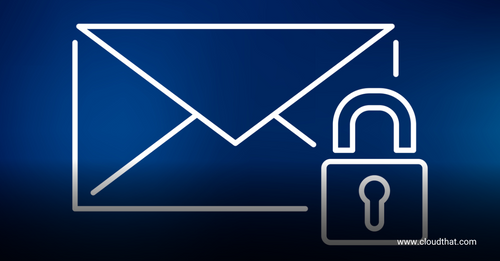Email validation is a crucial component of modern digital communication. It ensures that the emails you send reach their intended recipients and that your data remains accurate and reliable. However, the world of email validation is not without its intricacies, especially when dealing with edge cases. In this expert guide, we will dissect email validation edge cases, providing you with valuable insights, practical examples, and solutions to handle even the trickiest email validation scenarios.
The Significance of Email Validation
Email validation is more than just ensuring that an email address contains the "@" symbol and a domain. It involves a series of intricate checks to verify the authenticity and deliverability of an email address. The key aspects of email validation include:
Syntax Validation: Checking whether the email address follows the correct format, including "@" and a valid domain.
Domain Verification: Ensuring that the domain of the email address exists and has valid DNS records.
MX Record Validation: Verifying that the domain has valid Mail Exchange (MX) records, indicating it can receive emails.
Disposable Email Detection: Identifying and blocking disposable email addresses to prevent misuse.
SMTP Verification: Simulating an email sending process to confirm the existence of the recipient's mailbox.
Understanding Email Validation Edge Cases
Email validation edge cases refer to scenarios where standard validation rules may not apply. These cases often involve unconventional or rare email address formats. Let's explore some common email validation edge cases:
Internationalized Email Addresses (IDN):
- Challenge: IDN email addresses contain non-ASCII characters, making validation complex.
- Solution: Use libraries or services that support IDN conversion and validation.
Emails with Subdomains:
- Challenge: Subdomains in email addresses can create ambiguity in validation.
- Solution: Adapt validation rules to accommodate subdomains while ensuring DNS and MX record checks.
Single-Character Domain Names:
- Challenge: Validating email addresses with single-character domains can be tricky.
- Solution: Adjust domain validation rules to consider single-character domains as valid.
Unusual Characters in Local Parts:
- Challenge: Uncommon characters in the local part of the email address may not be handled by standard validation.
- Solution: Use regular expressions that allow for flexibility in character validation.
IP Address in Place of Domain:
- Challenge: Some email addresses may use an IP address instead of a domain.
- Solution: Modify domain validation rules to account for IP addresses.
Real-World Examples of Email Validation Edge Cases
Unicode Characters in Domain Name:
- Challenge: Validating email addresses with domain names containing Unicode characters.
- Solution: Implement IDN support in email validation libraries.
Emails with Multiple "@" Symbols:
- Challenge: Addresses with more than one "@" symbol can confuse standard validation.
- Solution: Apply stricter validation rules to detect multiple "@" symbols.
Invalid TLDs (Top-Level Domains):
- Challenge: Emails with invalid or non-existent TLDs need specialized handling.
- Solution: Maintain a list of valid TLDs and check email addresses against it.
Obsolete Address Formats:
- Challenge: Some email addresses may use outdated formats not compliant with current standards.
- Solution: Employ custom validation logic to accommodate legacy formats.
Strategies to Handle Email Validation Edge Cases
Use Robust Libraries: Leverage well-maintained email validation libraries and services that offer support for various edge cases.
Custom Rules: Implement custom validation rules to accommodate specific edge cases that standard validation may not cover.
Regular Updates: Stay informed about evolving email standards and update your validation processes accordingly.
Feedback Loop: Establish a feedback mechanism to continuously improve your validation rules based on real-world data.
Common Questions About Email Validation Edge Cases
Why are email validation edge cases important?
Edge cases ensure your validation process can handle unconventional email addresses, enhancing data accuracy.
Do popular email validation libraries handle edge cases?
Many libraries do, but it's essential to verify and possibly customize their behavior for specific edge cases.
How can I detect edge cases in my email list?
Regularly audit your email list for unusual formats or characters that may indicate edge cases.
Are edge cases a concern for small businesses?
Edge cases are relevant for all
businesses, as they can impact data accuracy and email deliverability.
What's the future of email validation in handling edge cases?
Email validation tools will continue to evolve to accommodate emerging edge cases, ensuring robust verification.
In conclusion, email validation edge cases are a vital aspect of maintaining a clean and accurate email list. By understanding the intricacies of email validation and staying prepared for edge cases, you can ensure that your email campaigns are effective, reach the right recipients, and adhere to best practices. Elevate your email validation game by mastering the complexities of edge cases today.



